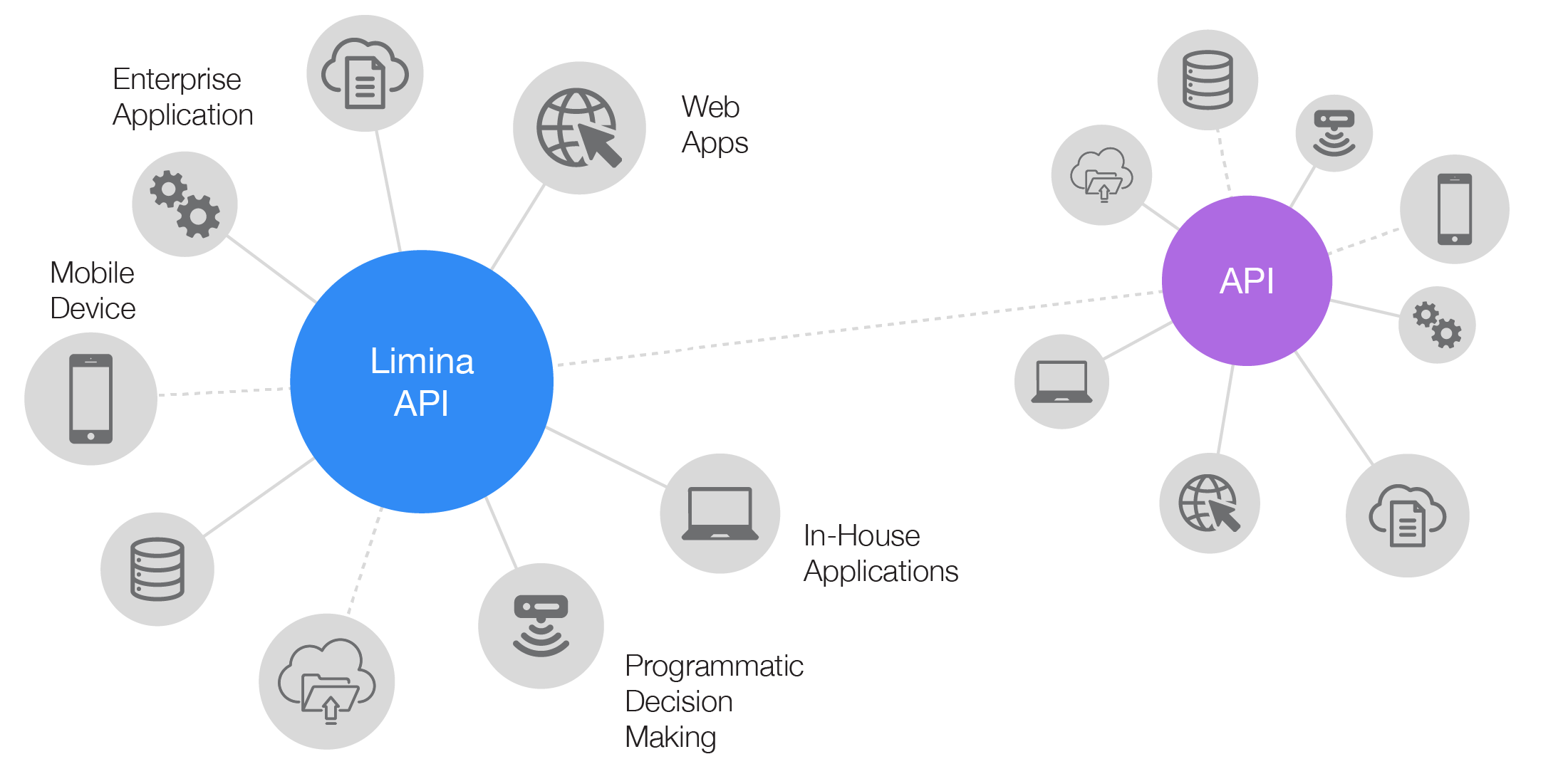
Asset Management Automation: Challenges and How to Address Them
At Limina, automation is something that is ingrained in our culture. It’s part of who we are as a technology company. However, we have found that automating processes and tasks at a typical buy-side firm can prove to be more challenging than one might expect.
In this article, we’ll dive into why automation in asset management is difficult and what you can do about it. We’ll look at how to uncover potential areas where automation can be applied, both within asset management and operations. Then, we'll look at what approaches to automation might yield the fastest and most effective ROI (Return on Investment). Finally, we’ll conclude with some benefits of automation (that might be obvious) such as enabling business development and scalable cost structure, while reducing administrative burden.
We’ll focus primarily on mid-sized asset managers ($1-100bn Assets under Management, AuM) as most information available is suited for larger or smaller asset managers. We’ll also exclude execution and trading as there’s plenty of information out there on automation in this domain. So, what’s left? portfolio management, order management (front office), compliance and operations (middle office) processes and workflows!
In full transparency: Limina offers an Investment Management System, covering order management, compliance, and investment Book of Records. Our software contains automation capabilities. Read more about how we help increase operational efficiency here.
Why can asset management automation be difficult?
There are three aspects that make automation of processes and workflows a challenge for asset managers and other buy-side firms.
1. There is a lot to automate, which yields questionable ROI
According to a report by Daymi, the sheer number of daily tasks performed by front and middle office teams can reach the several thousands. For automation to have a significant impact, automation would need to be implemented for most of those tasks. Furthermore, you would still need someone to monitor the “machine” (a nominee for the world’s most boring job?).
Asset managers may face an uphill battle in terms of justifying the estimated budget associated with automation projects. As many tasks are usually quite small - measured in time needed to perform them - the ROI of an "asset management process automation project" can become a challenge as the upfront investment may appear disproportionately large.
Furthermore, your tasks for operations and portfolio management are not identical to that of another asset or investment manager. This means automation can’t be implemented generically by a software vendor, it must be implemented by your firm.
2. The result of tasks can be difficult to interpret
It’s not always easy for a machine to know if the result of a task requires human intervention or not. For example, a daily P&L of +3% might be expected depending on asset class and market conditions. Or it might be a red flag - that a human would easily spot at a “sanity check” step in a workflow.
Another example could be an order program that consists of 10 orders, generated by an automatic portfolio rebalancing. However, the portfolio manager would know it should be close to 50 orders considering the rebalancing scenario.
For a computer to judge if the above examples are considered “normal” conditions, machine learning could be applied. The reason artificial intelligence won’t work (at least not well enough), is the lack of a good dataset. The machine needs to be trained on a set of inputs and outputs (both correct and incorrect output), ideally on thousands of samples per task, which in practicality doesn’t exist.
3. Workflows span multiple systems
Workflows typically span multiple systems and service providers, adding complexity for any automation initiative.
Any virtual robot must be able to talk to multiple systems and know what to do if any interaction fails (or gives unusual results). Upgrade projects become even more complicated as well, since any change to a system might break the protocols the robot uses for communication.
This is made simpler by holistic workflows (fewer systems involved) and investment data management capabilities such as ETL tools and data quality control functionality.

Workflows and processes that could be subject to automation
Before you start applying automation to your workflows and processes, a prerequisite is to understand what technically occurs as well as map all current processes’ to their respective business purpose. You might already have documented the tasks performed by your front and middle office teams from these perspectives, or you need to undertake the effort to do so before you can plan out automation initiatives.
For some inspiration, here are some potential processes to consider for automation:
- Asset servicing, such as corporate actions
- Cash management, including FX hedging
- Produce and reconcile insight dashboards to internal stakeholders
- Estimate and reconcile real-time Assets under Management (AUM) and P&L
- Daily quality checks on timeliness of prices & FX rates as well as completeness of static data
Software for asset management automation
AlphaFMC categorises investment in buy-side automation into 5 areas, all powered by software. Three of these areas are very related, so when we tend to think about them in the following way:
1. Application Programming Interfaces (APIs)
A machine can’t (or at least not in a stable way) open a user interface on a desktop and perform a series of clicks. There are other ways for systems to effectively and robustly communicate.
APIs aren't an automation tool, but a way for systems to talk to each other in computer-language. As such, it’s an enabler for automation. In legacy systems that lack full API coverage, communication could still be possible via files.
We believe an important precursor to automating workflows and processes is to utilise systems that have API integration capabilities.

2. Asset management automation enablers
The following are approaches to consider if you want to automate processes that span multiple systems and service providers. In our experience, for mid-sized asset managers ($1-100bn AuM), most of these tools are unlikely to be a worthwhile investment.
1. Business Process Management (BPM)
2. Low Code Applications
3. Robotic Process Automation (RPA)
4. Workflow management
The approach most likely to yield positive ROI quickly and simultaneously decrease manual errors, is a combination of #1 above and #4 below. For example, you could consider a tool such as Daymi to manage the operational workflows you have, combined with SaaS portfolio management software.
3. Exception-based workflows
“Exception-based workflows” is a term coined by Limina, since we couldn't find a good term out there - in any industry. The idea is to let a system handle issue identification so your team can focus on issue resolution. In other words, it’s a semi-automatic approach to automation where the machine performs some tasks and notifies users if there is a potential problem. The system doesn’t attempt to resolve the problem, however.
Example in data quality control: Let’s assume one of your products offered is a sustainability (ESG) fund. You have a carbon footprint promise as part of the client mandate and are using the compliance engine in your Order Management Software to control that. You have now added an implicit requirement that before an instrument is traded in that fund, carbon footprint data must be available.
Using exception-based workflows, the system would (in this case using data quality controls) notify users that the ESG data is missing.
Example in data import: In this case, we pretend one of your custodians sends you deposit and redemption information every day at 10am via a flat file over SFTP (one type of asset management integration). It’s now 10:01 and the file hasn’t arrived. An exception-based workflow means the Order Management System would notify users that the file has not been delivered as expected today. This way, you don’t need a manual task to check that the file arrived.
In summary: asset management process automation can fuel scalability of your operating model
As a takeaway from this article, we hope that you will further appreciate why
- Automation is difficult - investment workflows and processes consist of many small tasks that have unique attributes to your business.
- Documenting workflows - It’s important to have full understanding of all workflows and processes before embarking on automation initiatives.
- Adopting exception-based workflows can be an effective stepping stone on the journey to automating workflows and processes and enable you to reallocate staff members to more alpha generating activities.
Asset management process automation can enable you to grow assets and launch new products without having to hire. Automation also reduces key person risk as automated and/or documented processes reduce the dependency on a single person that knows the inner workings of your operating model.
As stated in the introduction, Limina is a strong believer in exception-based workflows. We believe in empowering your team with a machine to do the (boring) checks and then let your team focus on what humans are truly great at; decision making and issue resolution.
If you want to learn more, here is what Avanza has to say about their journey to automate processes and workflows.









